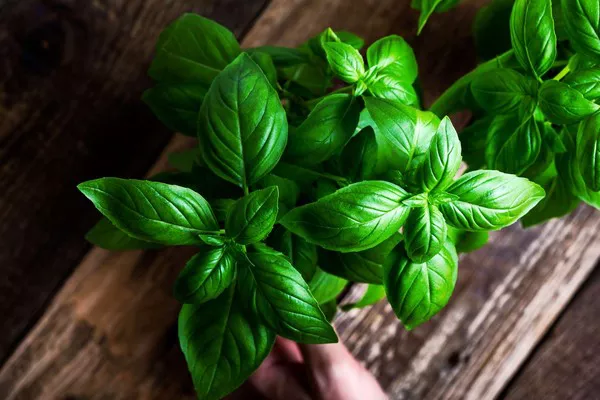Mandarin trees, with their vibrant fruit and glossy foliage, are a delightful addition to any garden or orchard. However, when these citrus trees fail to bloom, it can be disappointing for gardeners eagerly anticipating a bountiful harvest. Understanding the reasons behind a mandarin tree’s lack of flowering is crucial for addressing the issue and promoting healthy growth. In this article, we delve into the various factors that may contribute to a mandarin tree’s failure to flower and offer practical solutions to encourage blooming.
1. Age of the Tree
One of the primary reasons a mandarin tree may not be flowering is its age. Like many fruit-bearing trees, mandarin trees typically require a certain level of maturity before they begin to produce flowers and subsequently fruit. Most mandarin varieties take about three to four years to reach maturity and start flowering. If your tree is still relatively young, it may simply need more time to develop before it begins to bloom.
2. Environmental Factors
Environmental conditions play a significant role in the flowering process of mandarin trees. These trees thrive in warm, subtropical climates with plenty of sunlight and well-drained soil. Insufficient sunlight, excessively cold temperatures, or inadequate nutrients in the soil can all hinder flower production. Additionally, fluctuations in temperature or extreme weather events, such as frost or drought, can stress the tree and disrupt its flowering cycle.
To optimize environmental conditions for your mandarin tree, ensure it receives at least 6-8 hours of direct sunlight daily and plant it in well-draining soil rich in organic matter. Mulching around the base of the tree can help retain soil moisture and regulate temperature fluctuations. In regions prone to frost, consider providing frost protection during cold spells to safeguard the tree’s delicate blossoms.
3. Pruning Practices
Pruning is essential for maintaining the health and shape of mandarin trees, but improper pruning techniques can inhibit flowering. Over-pruning or pruning at the wrong time of year can remove the buds necessary for flowering or disrupt the tree’s growth cycle. It’s crucial to prune mandarin trees correctly, focusing on removing dead or diseased branches, improving airflow, and shaping the tree for optimal fruit production.
Avoid heavy pruning during the spring when the tree is preparing to bloom, as this can remove flowering buds and diminish the potential for fruiting. Instead, schedule pruning sessions for late winter or early spring before new growth begins. By following proper pruning practices, you can encourage healthy flower development and maximize fruit yield.
4. Nutrient Deficiencies
A mandarin tree lacking essential nutrients may struggle to produce flowers and fruit. Common nutrient deficiencies that can affect flowering include nitrogen, phosphorus, potassium, and magnesium. Soil testing can help identify any deficiencies and guide your fertilization regimen to ensure the tree receives the nutrients it needs for robust growth and flowering.
When fertilizing mandarin trees, choose a balanced fertilizer specifically formulated for citrus trees and follow the manufacturer’s recommendations for application rates. Supplemental micronutrients, such as iron or zinc, may also be necessary in areas with deficient soils. Regular fertilization throughout the growing season, typically spring through fall, will support healthy flower development and fruit set.
5. Pollination Issues
While some citrus trees, such as oranges, are self-pollinating, mandarin trees often benefit from cross-pollination to produce fruit. If your mandarin tree is not flowering, it may be due to a lack of pollinators or poor pollination efficiency. Bees, butterflies, and other insects are essential pollinators for citrus trees, aiding in the transfer of pollen between flowers.
To enhance pollination in your garden, encourage biodiversity by planting a variety of flowering plants to attract pollinators. Avoid using pesticides that may harm beneficial insects, and provide a habitat conducive to their presence. If pollination remains a concern, consider hand pollination by gently transferring pollen between flowers using a small brush or cotton swab.
Conclusion
A mandarin tree’s failure to flower can be attributed to various factors, including its age, environmental conditions, pruning practices, nutrient deficiencies, and pollination issues. By addressing these potential issues and implementing appropriate solutions, you can encourage your mandarin tree to bloom and ultimately yield a plentiful harvest of juicy, flavorful fruit. Patience, proper care, and attention to detail are key to nurturing a healthy and productive mandarin tree in your garden or orchard.


